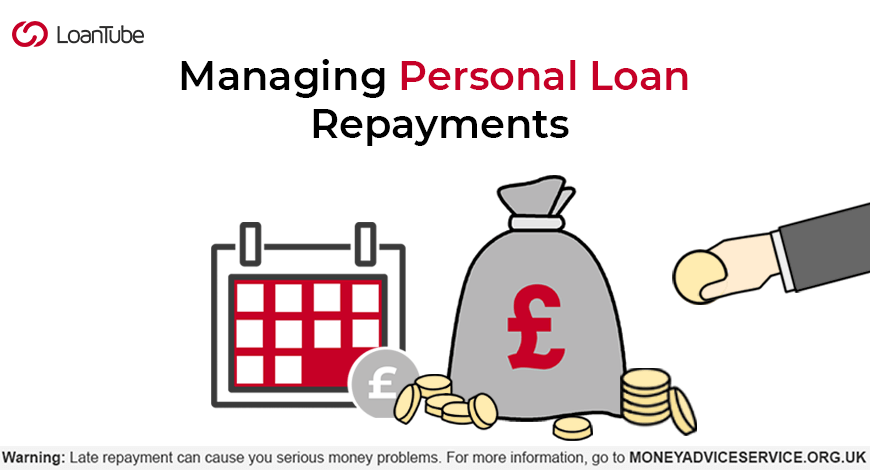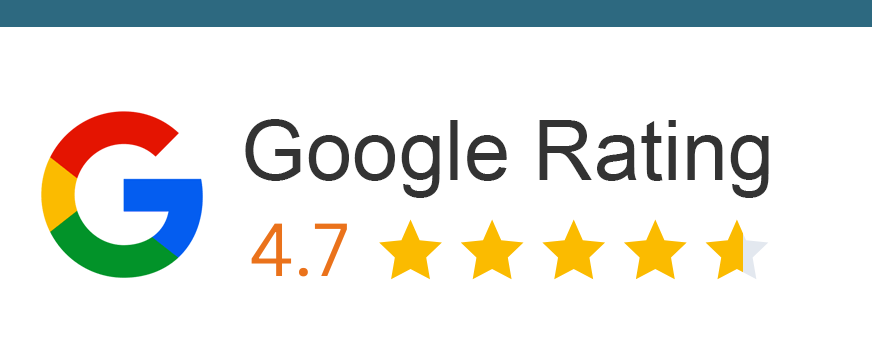We don’t delay our loan repayments intentionally. But missing a loan repayment can damage your credit rating. If you are finding it difficult to manage your loan repayments, here are 7 tips to help you pay off your debt efficiently.
Right from the application stage to processing and getting your money, taking a personal loan can be a simple process if you have the right credit score and meet the lender’s requirements. The tough part begins when you’ve to start paying towards your loan. Just like any other loan, you can repay your personal loan in monthly instalments.
But managing a monthly repayment isn’t a cakewalk. It takes a lot of effort to set aside a repayment amount for each month. Especially with the ongoing financial crisis, owing to the coronavirus pandemic. Sometimes you may actually miss a payment due to an emergency that’s uncalled for.
Representative Example: £12,000 over 66 months, 31.9% APR fixed. Monthly payment £358.22 Annual interest rate 28.01% fixed. Interest payable £11,642.52. Total repayable £23,642.52. Representative Example: £12,000 over 66 months, 31.9% APR fixed. Monthly payment £358.22 Annual interest rate 28.01% fixed. Interest payable £11,642.52. Total repayable £23,642.52. Representative Example: Loan Amount: £20950.00, Loan Term: 85 Months, Interest Rate: 23.00% PA Variable. Monthly Repayments: £537.44. Total Amount Repayable: £45,682.15. This example includes a Product Fee of £2,095.00 (10% of the loan amount) and a Lending Fee of £714.00 Representative Example: Loan Amount: £20950.00, Loan Term: 85 Months, Interest Rate: 23.00% PA Variable. Monthly Repayments: £537.44. Total Amount Repayable: £45,682.15. This example includes a Product Fee of £2,095.00 (10% of the loan amount) and a Lending Fee of £714.00 Representative Example: Borrowing £3000 over 36 months with a representative APR of 39.9% (variable),the amount payable would be £134.21 a month,with a total cost of credit of £1831.56 and a total amount payable of £4831.56. Representative Example: Borrowing £3000 over 36 months with a representative APR of 39.9% (variable),the amount payable would be £134.21 a month,with a total cost of credit of £1831.56 and a total amount payable of £4831.56.Maximise your options: Compare and apply for loans below with LoanTube
Apply Filters

Loan Amount
£4000 -
£20000
Norwich Trust
Loan Term
1 -
10 years
4.8/5
Representative APR
31.90%
Minimum Age
21 Years

4.8/5
Norwich Trust
Loan Amount
£4000 -
£20000
Loan Term
1 -
10 years
Representative APR
31.90%
Minimum Age
21 Years
Minimum Income
£2000 per month

Loan Amount
£5000 -
£100000
Evolution Money Loans
Loan Term
1 -
20 years
4.5/5
Representative APR
28.96%
Minimum Age
18 years

4.5/5
Evolution Money Loans
Loan Amount
£5000 -
£100000
Loan Term
1 -
20 years
Representative APR
28.96%
Minimum Age
18 years
Minimum Income
Not mentioned

Loan Amount
£1000 -
£10000
1Plus1 Guarantor Loans
Loan Term
1 -
5 years
4.4/5
Representative APR
39.90%
Minimum Age
18 years

4.4/5
1Plus1 Guarantor Loans
Loan Amount
£1000 -
£10000
Loan Term
1 -
5 years
Representative APR
39.90%
Minimum Age
18 years
Minimum Income
Not mentioned
How to Manage Loan Repayments Efficiently
We’ve curated 7 tips for you, to help you strategize and plan your personal loan repayments more efficiently.
1. Create a Budget
The first and foremost step in strategizing your repayment should ideally require you to set a budget. When you take out a loan, it is imperative that you become mindful of where you’re spending your money. It is important to keep track of how much money you’ll be left with, once you set aside your monthly repayment amount. For this step, you can simply use budgeting apps that offer you the convenience of keeping your monthly expenditure in check. These apps not only help you cap your monthly expenses but also provide the functionality of saving pots and goals, which can be used to save money for your instalment.
2. Set up Direct Debit
Setting up direct debit means that your monthly instalments will automatically be deducted from your bank account. This ensures timely repayments and reduces your chance of missing a payment. There’s a fair chance your lender offers a discount on pre-authorized or automatic payments, which will help you get a few pounds off on your monthly instalment. A penny saved is a penny earned!
3. Consolidate your Loans
If you have multiple debts on you, a practical way to make payments more manageable would be to combine your loans into one, using debt consolidation. Taking a debt consolidation loan will cover all your ongoing loans. All you now have to do is pay your debt consolidation loan.
While debt consolidation is a way to make repayment less complex, you should resort to it only if the interest rate on this loan is lower than the combined interest on all your existing loans. You should consider this option if you have a good credit score and a low debt to income ratio (generally below 43%).
You may be able to get rid of your debt quickly with a debt consolidation loan. Click to check interest rates and term of the loans by comparing various options.
4. Keep the Option of Refinancing Open
If you found the best deal on the table, at the time you took a loan, chances are there are better deals available now that you’re halfway through repaying it. Your credit score can improve after a period of sincere and timely repayments. This can help you get loan offers with lower interest rates than your ongoing debt. Even if the tenure of your loan is short, which is generally the case with personal loans, there’s no harm in looking for a better offer.
5. Read in Between the Lines
We all want to get rid of debt as soon as possible. Often when a loan term is close to its end, you may feel tempted to pay extra and go debt-free. What damage could paying a few pounds before your tenure ends do? Well, this depends on your lender. Some lenders will charge you extra if you choose to repay the loan in full, before the end of the term. They usually mention this in the fine print. Weigh the pros and cons of early repayment. What you save just by curbing the urge to repay early, may serve another one of your purposes.
Similarly, if your lender charges only a minor prepayment fee on a higher interest loan, you may actually be better off paying the loan early.
Therefore, it is imperative that you thoroughly go through the paperwork, before making hasty decisions.
6. Keep an Eye on your Account
As obvious as this step seems, sometimes you may not be aware of your account’s status. Therefore, it is important to frequently check the balance of the account through which you are repaying your loan. You can use mobile applications that most banks provide nowadays, to keep a track of your account balance. If you’re using a saving app, you can use algorithms to set up rules that alert you every time your account balance falls beyond a certain limit.
7. Pick the Right Account for Monthly Payments
Withdrawing money from a brokerage or a savings account to repay your debt is not the best idea. The interest that you’re earning on your savings, may not make up for the interest you’re having to pay on your loan.
You can put your monthly instalments in a checking account, due to the ease of access to your money. However, for some, it might just be hard to see a large amount of money getting deducted from their everyday checking account, each month.
If you succeed at striking a balance between what you should spend and what you should save, checking accounts are a great option.
It all comes down to communicating…
If for some reason, you’re unable to make a repayment, you should discuss it with your lender. Your lender will help you pan out a solution to this. The sooner you come clean to your lender, the less you’ll fall behind your repayments. If you fail to do so, the lender might take out a CCJ on you, which will put you in more jeopardy.
If you miss a payment as a one-off event, you’ll most likely only be charged a late payment fee. This will get reported to CRAs but won’t have a significant impact on your credit score.
Gauge your options before accepting a loan offer. With LoanTube, you can compare loans from multiple lenders, based on real interest rates, with just one single application form.


